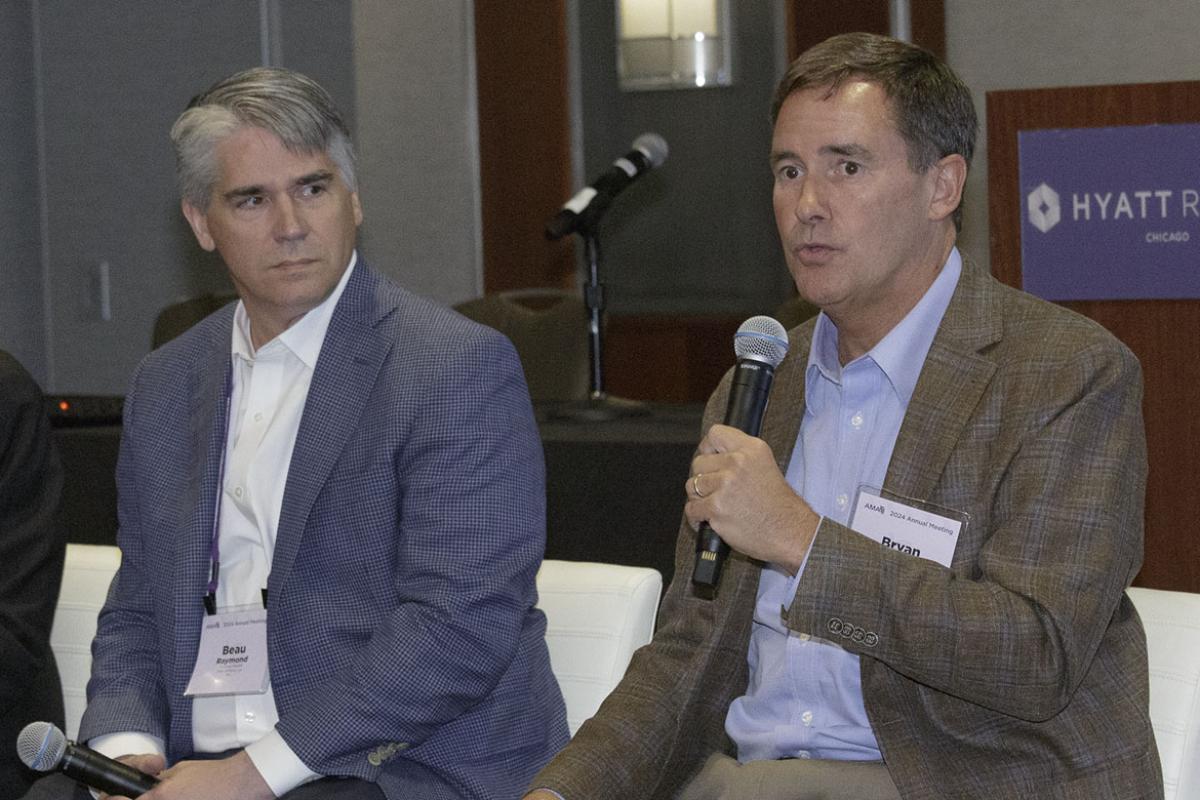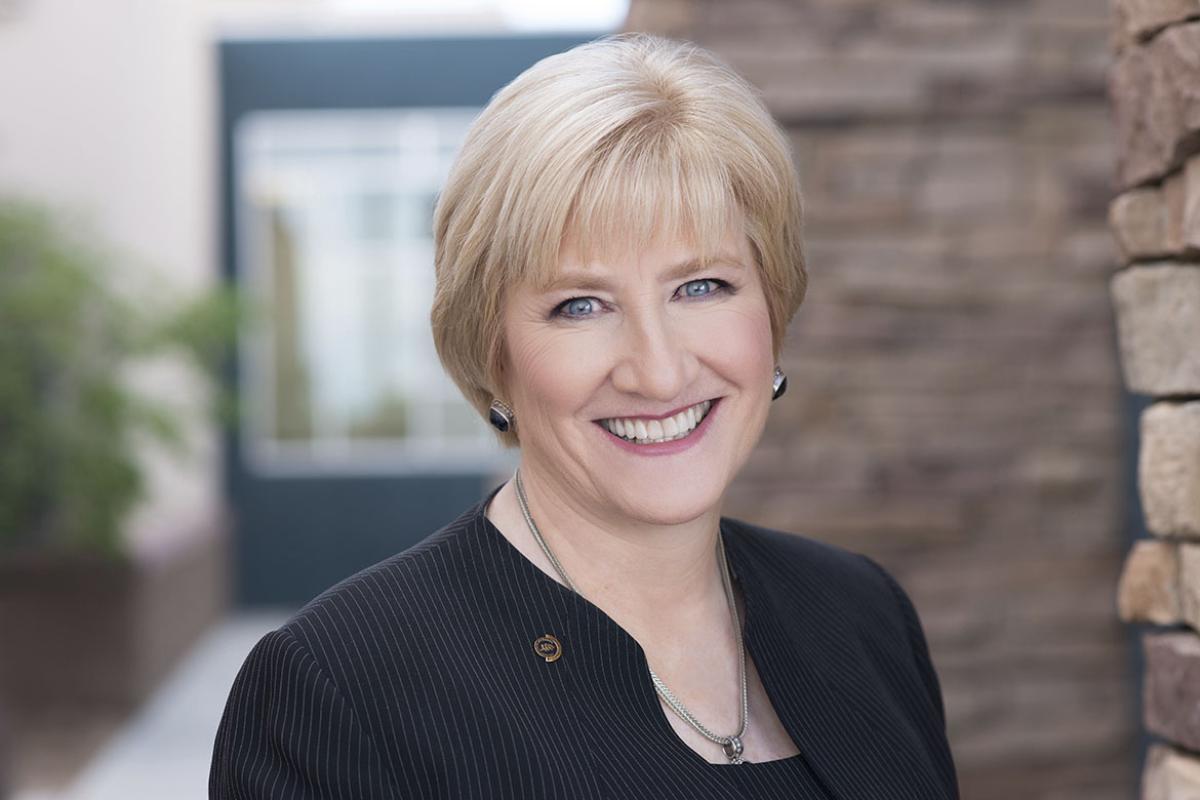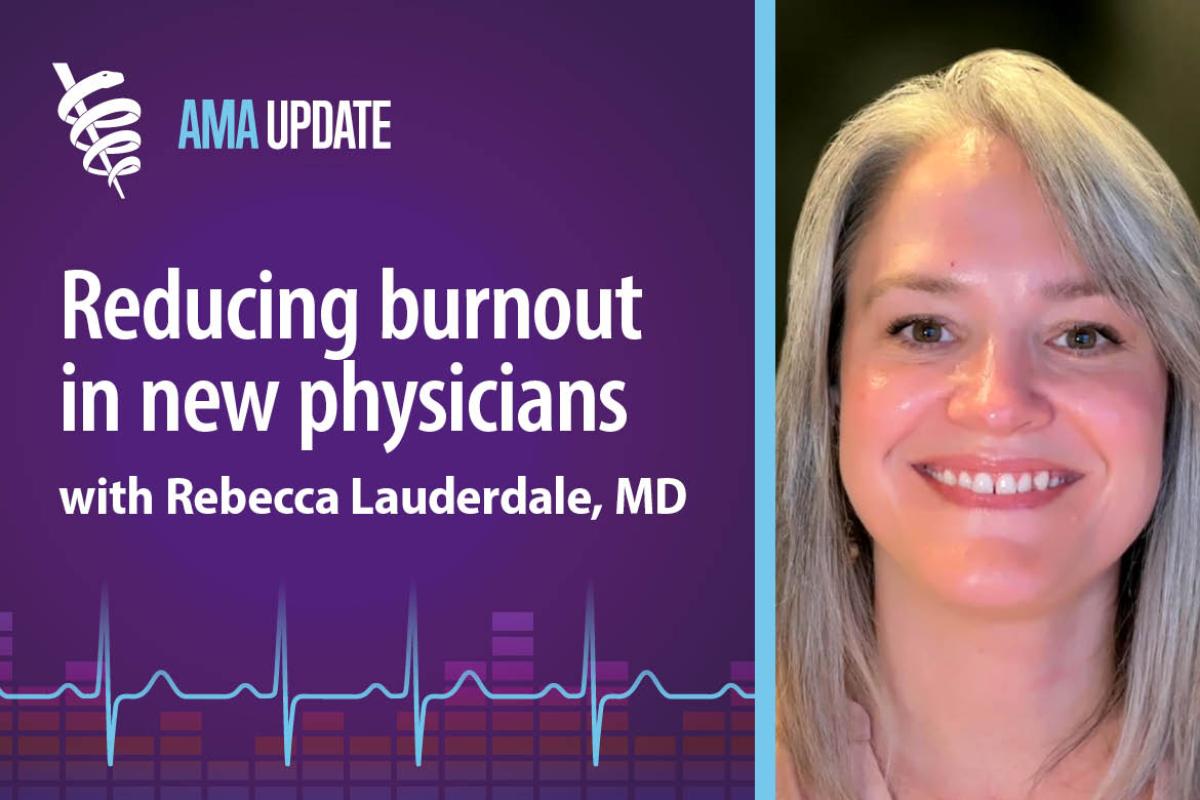Reducing physician burnout is essential to high-quality patient care and a sustainable health system. Given their scope of services, organizational complexity and volume of care, health systems are uniquely positioned to address physician burnout and improve well-being. By addressing physician burnout, health systems can become incubators for leading-edge solutions to potentially share and scale.
The AMA Joy in Medicine™ Health System Recognition Program honors organizations that, through exceptional work in reducing physician burnout and enhancing well-being, serve as beacons of hope for the medical community.
Find stories here about how health systems are driving solutions to reducing physician burnout and reclaiming physician fulfillment in caring for patients.
Monitoring physician burnout
A key area for health systems and organizations is the demonstration of commitment to monitoring physician burnout using an assessment tool.
Establishing workforce well-being
An organizational commitment to workforce well-being is essential to preventing physician burnout. While commitment may include different strategies over time, this is largely focused on well-being committees, establishing a chief wellness officer position and developing well-being as part of an organization’s strategic plan.
Improving efficiency of practice environment
Beyond assessing physician burnout, organizations should also demonstrate a commitment to measuring time spent in the EHR after work hours.
Promoting leadership development
Health care organizations should also demonstrate investment in promoting leadership development. This includes implementing a leader listening campaign and assessing leadership skills for all front-line physicians.
Measuring and enhancing teamwork
Beyond just ensuring team members “get along,” organizations should consider a wide range of factors such as team structures, role functions and workflows that enhance the ability for teams to work together more seamlessly.
Creating a culture of support
While this has largely been designed around peer support and other programs, a new piece concerns credentialing. This includes changing invasive or stigmatizing language around mental health and substance use disorders in an organization’s credentialing applications and process.
Expert insights from “AMA Update”
“AMA Update” covers a range of health care topics affecting the lives of physicians, residents, medical students and patients. From private practice and health system leaders to scientists and public health officials, hear from the experts in medicine on burnout, medical education, advocacy issues, vaccines and more.
Partner with the AMA
The AMA Health System Program partners with your leadership to tailor solutions to allow you to maximize support for your physicians and care teams.
Learn more with the AMA Health System Program about how to:
- Improve physician well-being.
- Amplify the voices of your physicians.
- Effectively measure and benchmark burnout levels.
- Take action with tailored workshops and coaching sessions.
- Accurately evaluate progress.
Also, learn more about the AMA’s organizational well-being assessment (PDF) work or email the AMA practice transformation team for more information.































